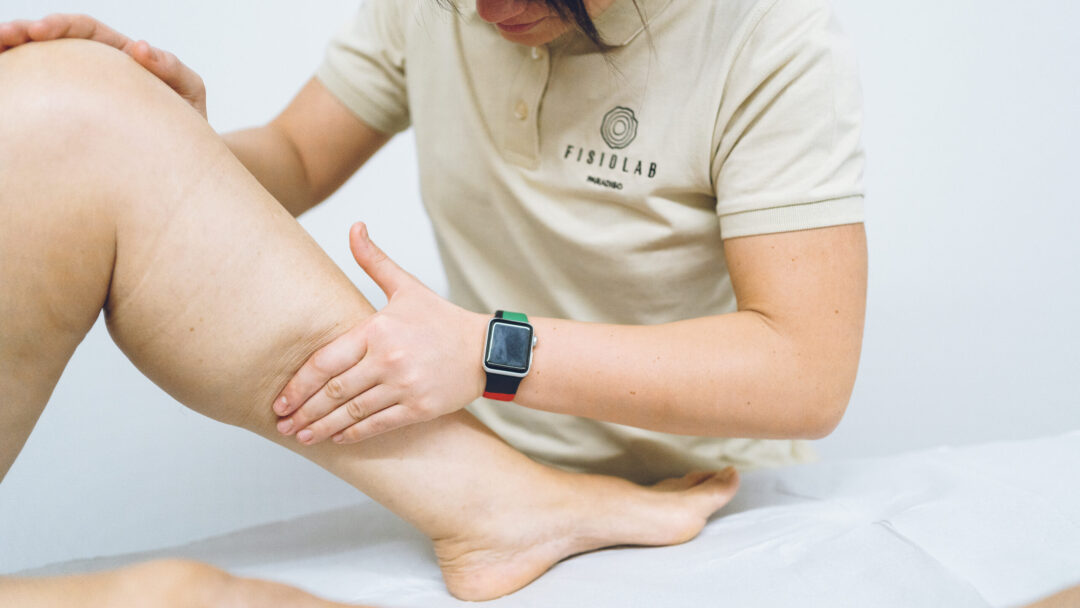
How to do a self-assessment for lymphatic drainage and how to correctly choose compression stockings
Lymphatic drainage is an important technique to promote the drainage of lymphatic fluids in the body.
Here are some signs you can monitor for self-assessment:
- Swelling: Check for areas of the body that appear swollen or more swollen than usual, especially after periods of inactivity or during the day.
- Feeling of heaviness: Pay attention if you experience a feeling of heaviness or tension in certain parts of the body, such as legs or arms.
- Skin changes: Observe if the skin appears tight, shiny or with color changes, signs that could indicate impaired lymphatic flow.
- Sense of fatigue: If you experience fatigue or tiredness with no apparent cause, it could be related to lymphatic drainage problems.
- Presence of edema: Check for areas of the body with obvious fluid accumulation, such as swollen ankles or water retention.
Self assessment is a simple but effective way to monitor the health of the lymphatic system and detect any signs of drainage problems. Combined with lymphatic drainage and appropriate bandaging, this practice can help maintain body wellness and function. If you notice signs of lymphatic drainage problems, always consult a health care professional for proper evaluation and treatment.
Compressive Stockings in Lymphatic Drainage
Compression stockings are an effective complement to lymphatic drainage treatment because they provide graduated compression that helps improve lymphatic flow and reduce swelling. Here's how to make the most of them and how to choose them correctly:
Benefits of Compression Socks
- Graduated compression: Compression stockings apply greater pressure to the extremities and decrease as they move toward the heart, facilitating lymphatic drainage and reducing the risk of edema.
- Improved circulation: The compression of the stockings helps stimulate blood and lymphatic circulation, reducing swelling and relieving the feeling of heaviness in the legs.
- Prevention of complications: Compression stockings can help prevent blood clots and other complications associated with circulatory problems.
- Support during movement: Compression stockings provide support to the legs during exercise or walking, reducing the risk of muscle fatigue and injury.
How to Choose Compression Socks
- Proper Measurement: It is essential to accurately measure the circumference of the ankle, calf, and thigh to ensure an optimal fit and effective compression.
- Compression Level: Compression stockings are available in different levels of compression, ranging from light to extra strong. Choose the appropriate level based on your needs and the directions of your health care professional.
- Breathable material: Make sure the socks are made of breathable and comfortable materials to avoid irritation and improve comfort during prolonged use.
- Proper fit: Compression stockings should fit well against the skin without being too tight or too loose. Make sure no creases or wrinkles form during use.
Compression stockings are an important tool in lymphatic drainage treatment, as they provide graduated compression and support to the legs, improving circulation and reducing swelling. Choosing the right stockings is critical to ensure effective results and comfort during use. Always consult a health care professional for an accurate evaluation and for personalized advice on the compression stockings best suited to your needs.

